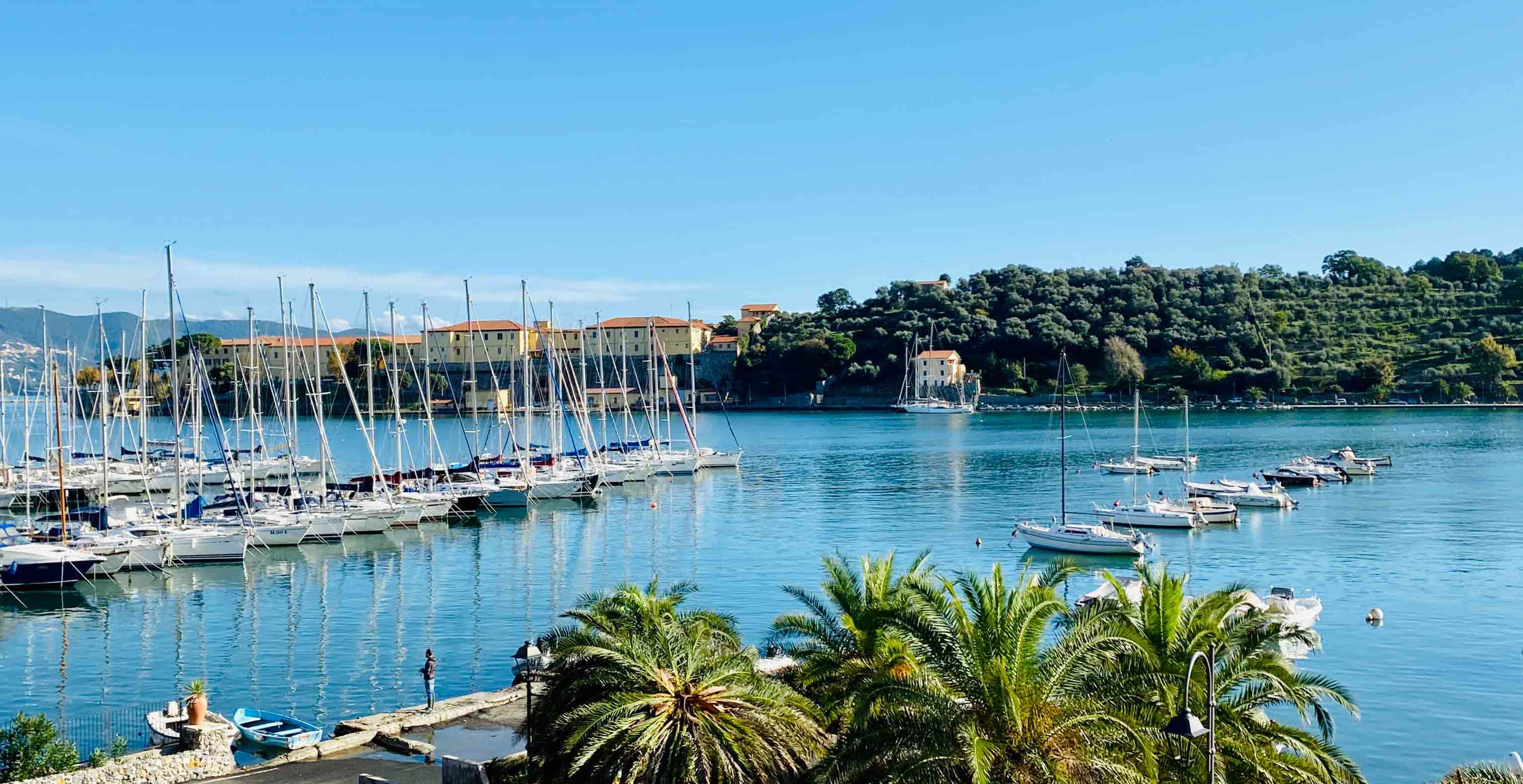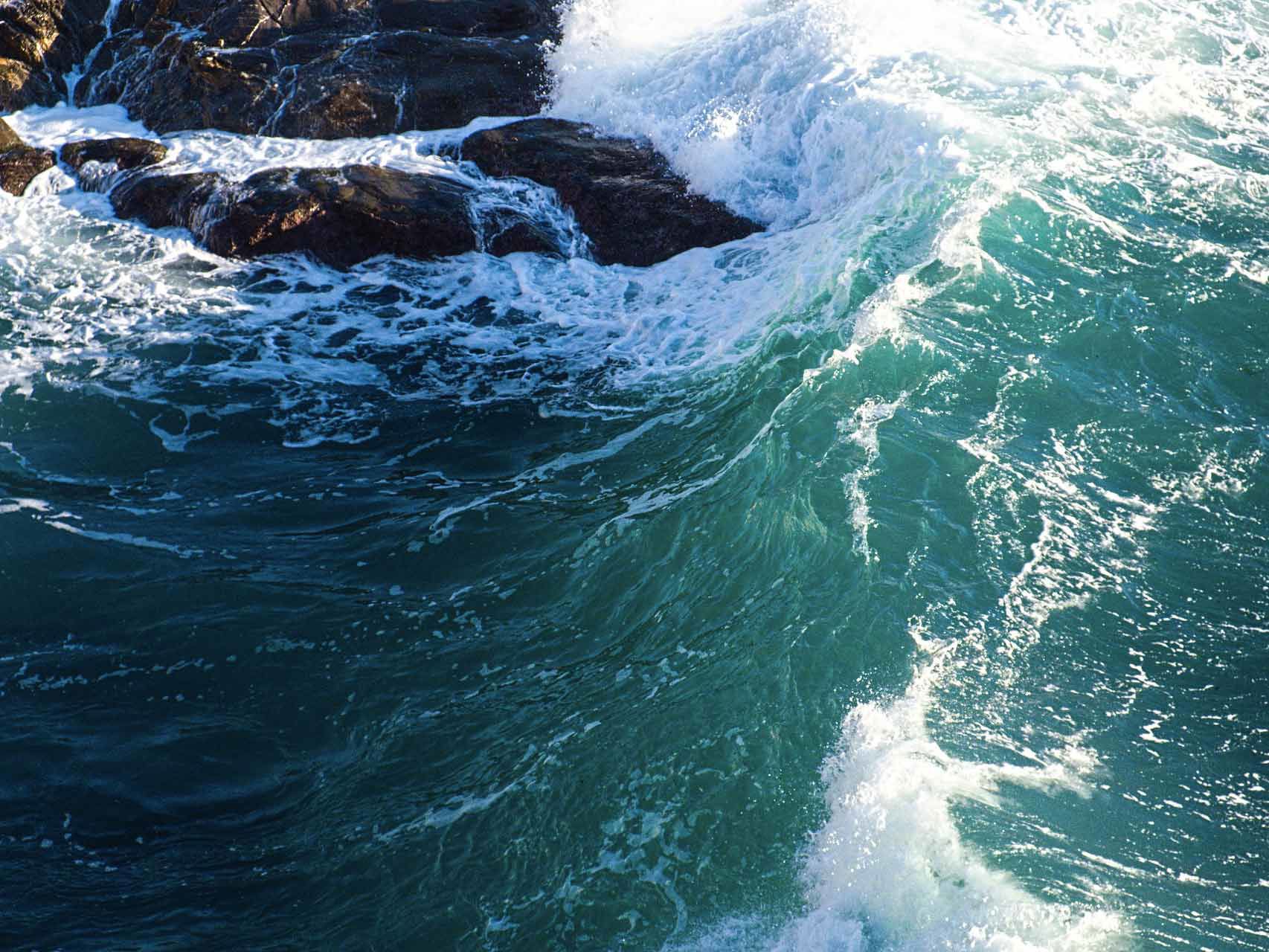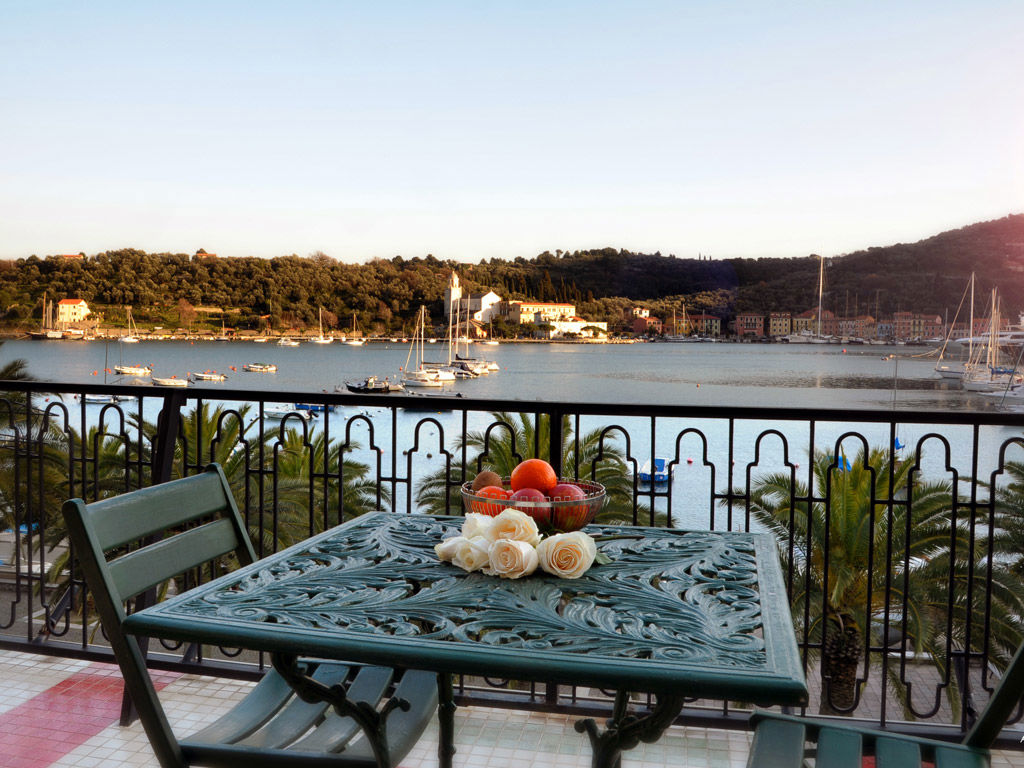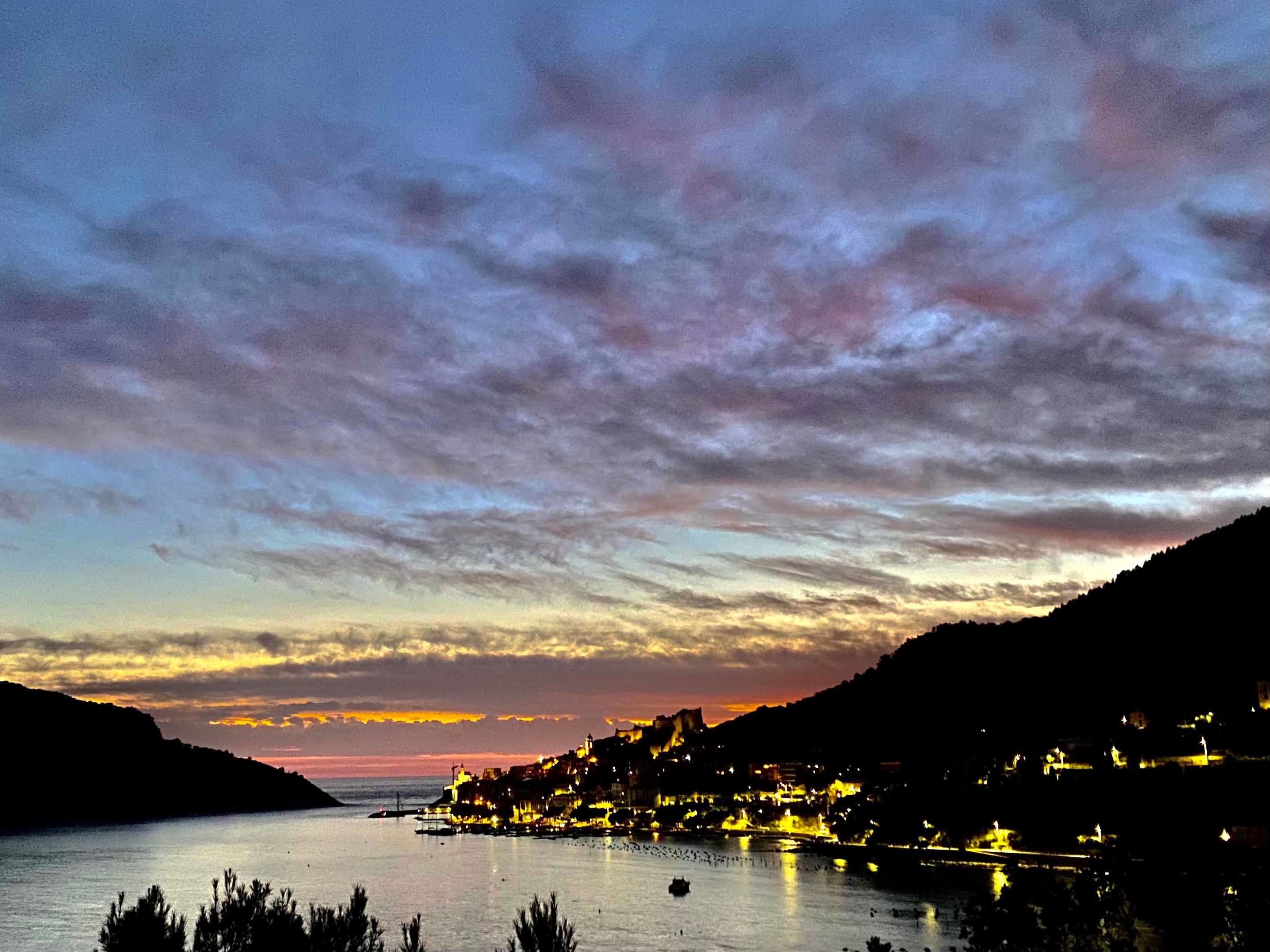Le Grazie
City of divers
Le Grazie deserves to be experienced to the full for its cultural offerings and the scenery in which they are set, including the free beaches for bathing, set in the inlet delimited by the Varignano promontory, base of the Navy's Incursors and Divers.
The houses in the historic centre, one next to the other in a delicate concert of colours, are an expression of the symbiosis with the sea, of the life that is intertwined with it through the boats. The vintage boats moored in the Ria palace are among the most beautiful and aristocratic in the Mediterranean, full of history, wood and gleaming brass.
The Olivetan monks who built the Sanctuary dedicated to Nostra Signora delle Grazie in 1400 also came from the sea: they escaped the Saracen raids from the small monastery built on the island of Tino. In Ria, on the wave of the Marian cult that had become Le Grazie, they built a larger, richer one. Evidence of this can be seen in the frescoes by Nicolò Corso, the inlaid marble of the altars, where portoro abounds, the flagship marble of the area, still quarried from the hills: black with golden streaks.
Traces of this can be found in the territory's other monumental complex, immersed in the greenery behind the village: the Villa Romana del Varignano Vecchio, with its annexed oil mill, the oldest in Liguria. Centuries-old olive trees surround it. This is where, starting in the first century B.C., oil ships departed to trade in liquid gold.
This area, devoted to the sea and to shipbuilding, which still continues in the wake of the ingenuity of the shipwrights, the old craftsmen who gave shape to the boats, is recounted in the Cantiere della Memoria (Shipyard of Memory), well worth a visit, where the stories of the sea of yesterday are interwoven with those of today, through exhibitions and events, in the heart of the old port of Le Grazie.






